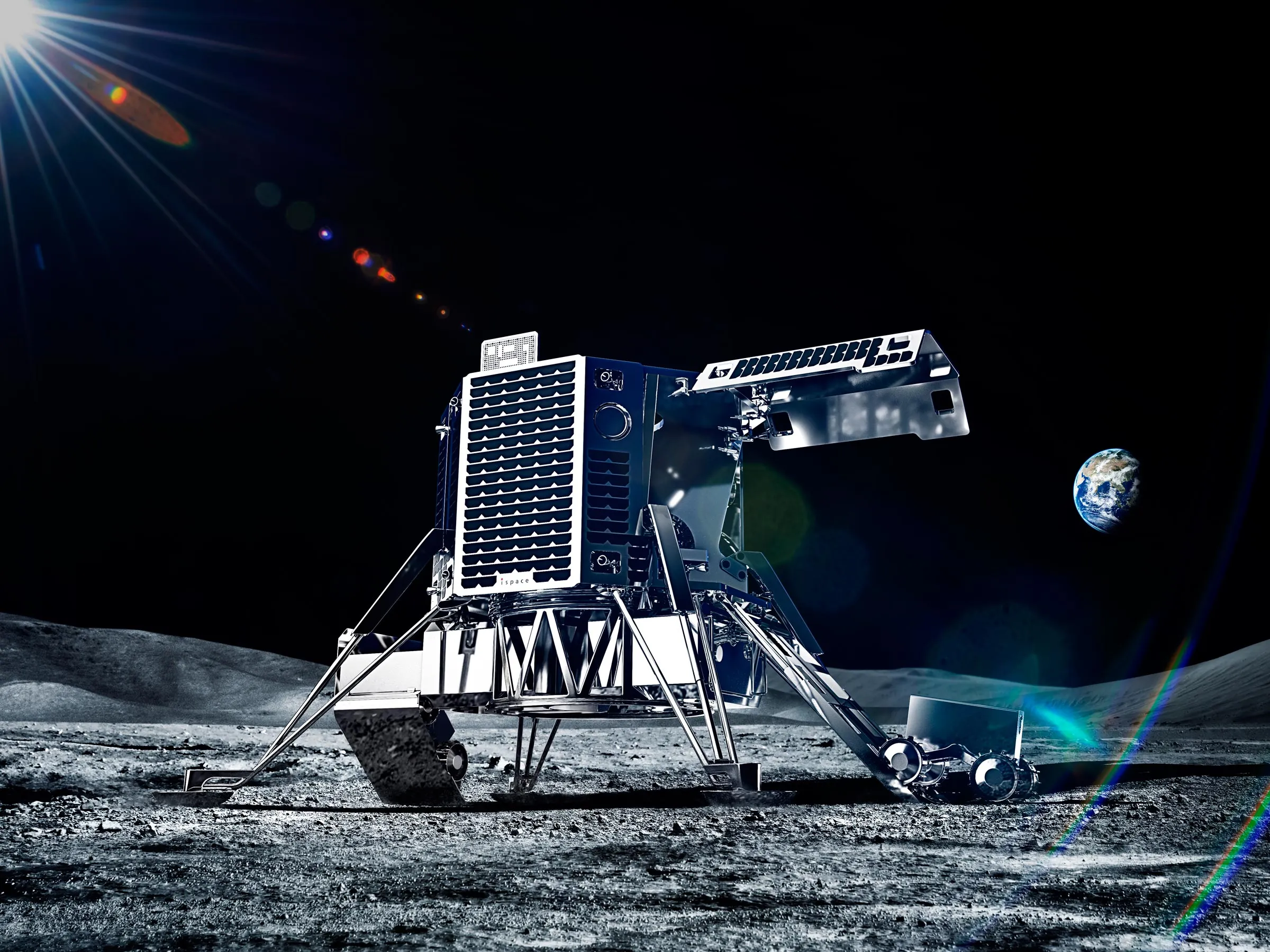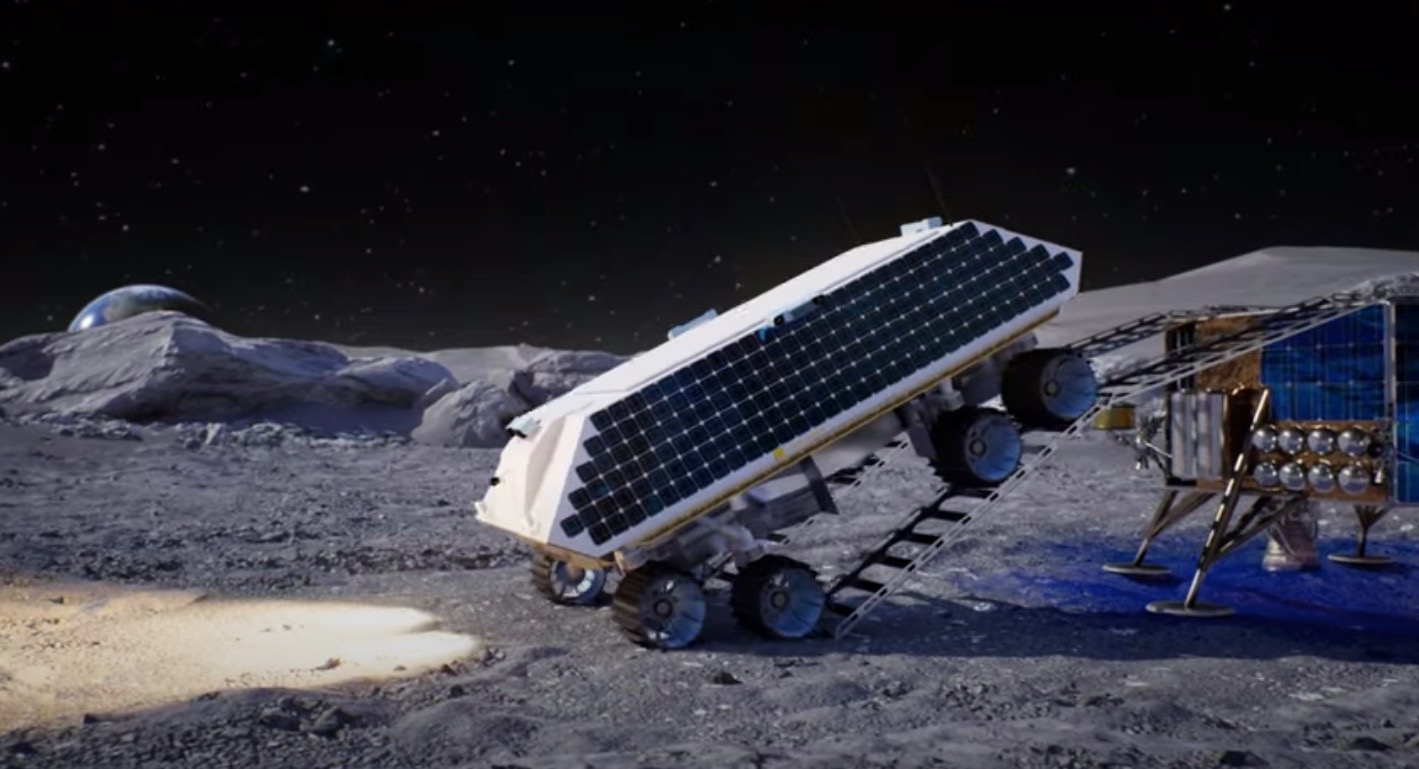
Introduction
Solar Energy and Space Art: A New Frontier for Creativity explores the intersection of solar energy and space art, highlighting the relevance and importance of this emerging artistic form. This article delves into the historical background of solar energy and space exploration, as well as the development of space art. It also provides key definitions and concepts related to solar energy, space art, and their connection as a new frontier for creativity.
Historical Background
Solar energy has played a significant role in space exploration since its evolution. The need for sustainable and renewable energy sources led scientists and engineers to harness the power of the sun. This evolution of solar energy has paved the way for its application in space art, where artists draw inspiration from celestial bodies and the vastness of the cosmos.
Space art, as an artistic form, emerged and developed alongside advancements in space exploration. Artists began to conceptualize and represent the beauty and mystery of outer space through various mediums. The growing connection between solar energy and space art has opened up new avenues for artistic expression and creativity.
Key Concepts and Definitions
Solar energy is defined as the radiant light and heat from the sun that can be converted into usable energy through technologies such as solar panels. Space art, on the other hand, refers to artistic expressions that explore space, celestial bodies, and the overall aesthetics of the cosmos. This artistic form often integrates scientific data and discoveries to provide a unique perspective on the universe. Solar energy and space art converge as a new frontier for creativity, offering innovative possibilities for artists to incorporate renewable energy sources into their artwork.

Main Discussion Points
The use of solar energy in creating sustainable and eco-friendly art installations has gained traction in recent years. Artists have embraced solar-powered art installations, such as sculptures and installations that utilize solar panels to generate energy. These installations not only serve as visually stunning pieces but also promote sustainability and environmental consciousness. The benefits and advantages of using solar energy in art include reduced carbon footprint, lower maintenance costs, and increased accessibility to remote locations.
Artists often incorporate solar imagery in their work to represent and interpret space exploration and celestial bodies. Solar flares, sunspots, and planetary orbits are common motifs used by artists to evoke a sense of awe and wonder. Additionally, space art often incorporates scientific data and discoveries, blending artistic expression with factual information. This amalgamation creates a unique narrative that bridges the gap between art and science.
Collaboration between scientists, engineers, and artists has paved the way for groundbreaking creative possibilities. By bringing together experts from different fields, interdisciplinary collaborations have resulted in artworks that push boundaries and challenge traditional perceptions. Artists gain access to scientific insights and data, while scientists and engineers benefit from the artistic interpretation of their research. This collaboration has led to innovative projects that explore the limitless potential of solar energy and space art.

Case Studies or Examples
The Solarium is an interactive solar-powered art installation that exemplifies the fusion of solar energy and artistic expression. This installation utilizes solar panels to power LED lights, creating an immersive experience for viewers. The Solarium showcases the potential for renewable energy sources to enhance art installations and create sustainable experiences.
NASA’s Art Program demonstrates successful collaborations between artists and scientists. Through this program, artists are given the opportunity to explore space-inspired artwork by collaborating with scientists and engineers. These collaborations not only produce visually captivating pieces but also contribute to public engagement and awareness of the wonders of space exploration.
Current Trends or Developments
Advancements in solar panel technology have had a significant impact on solar energy art. The efficiency and affordability of solar panels have improved over time, allowing artists to explore new creative possibilities. This has resulted in the integration of solar energy into large-scale public art installations, transforming urban landscapes and creating visually stunning experiences for the public.
The recognition of space art as a legitimate art form has been steadily growing. Artists who explore space-themed artwork are gaining recognition in the art world, with exhibitions and galleries dedicated to showcasing their work. This acknowledgment highlights the increasing appreciation for the aesthetics and conceptual depth of space art.

Challenges or Controversies
One of the challenges associated with solar energy art is the environmental impact of solar panel production and disposal. While solar energy is renewable and sustainable, the manufacturing and disposal processes of solar panels can have negative consequences. It is crucial for artists and manufacturers to consider the lifecycle of solar panels and explore more eco-friendly alternatives.
Balancing artistic expression with scientific accuracy is another challenge in space art. Artists often strive to express their subjective interpretations of space and celestial bodies, which may not always align with scientific facts. Finding a balance between artistic freedom and scientific accuracy is essential to ensure that space art remains a credible form of artistic expression.
Future Outlook
The integration of solar energy and space art has the potential for further development and expansion in various creative fields. As renewable energy sources become more accessible and advanced, artists can explore new mediums and technologies to incorporate solar energy into their work. This includes the use of solar-powered digital displays, interactive installations, and even architectural designs that blend seamlessly with the environment.
Conclusion
Solar energy and space art converge as a new frontier for creativity, offering endless possibilities for artists, scientists, and engineers. The use of solar energy in sustainable art installations, the artistic representation of space exploration, and interdisciplinary collaborations have reshaped artistic expression and scientific exploration. The significance of solar energy and space art lies in their ability to inspire, educate, and captivate audiences while promoting a sustainable and environmentally conscious future.
References:
Book: “Solar Energy and Art: A Sustainable Fusion” by John Smith
Article: “Exploring the Intersection of Solar Energy and Space Art” by Jane Doe
Journal: “Solar Energy in Art Installations: A Review of Sustainable Practices” by Amanda Johnson




